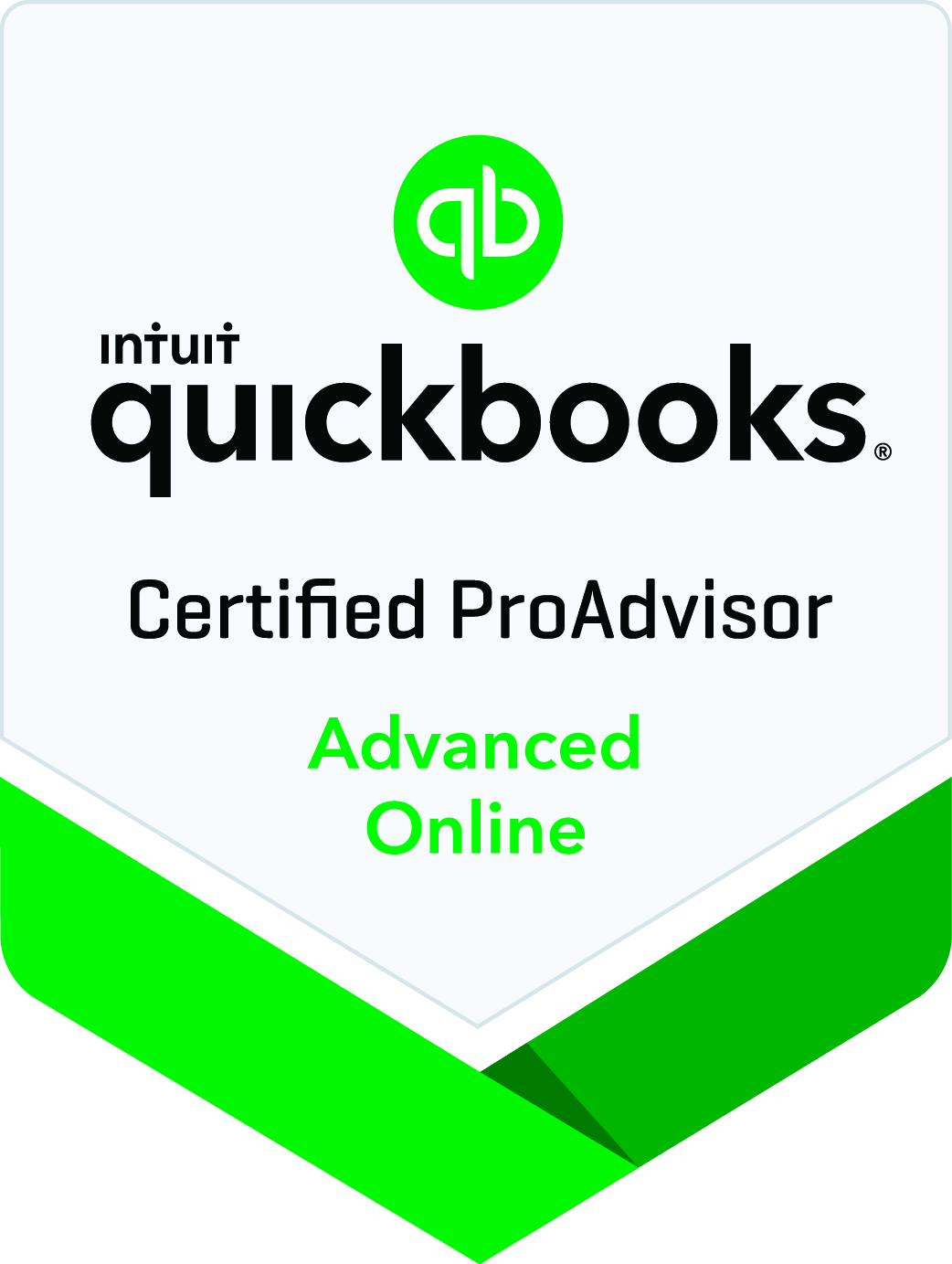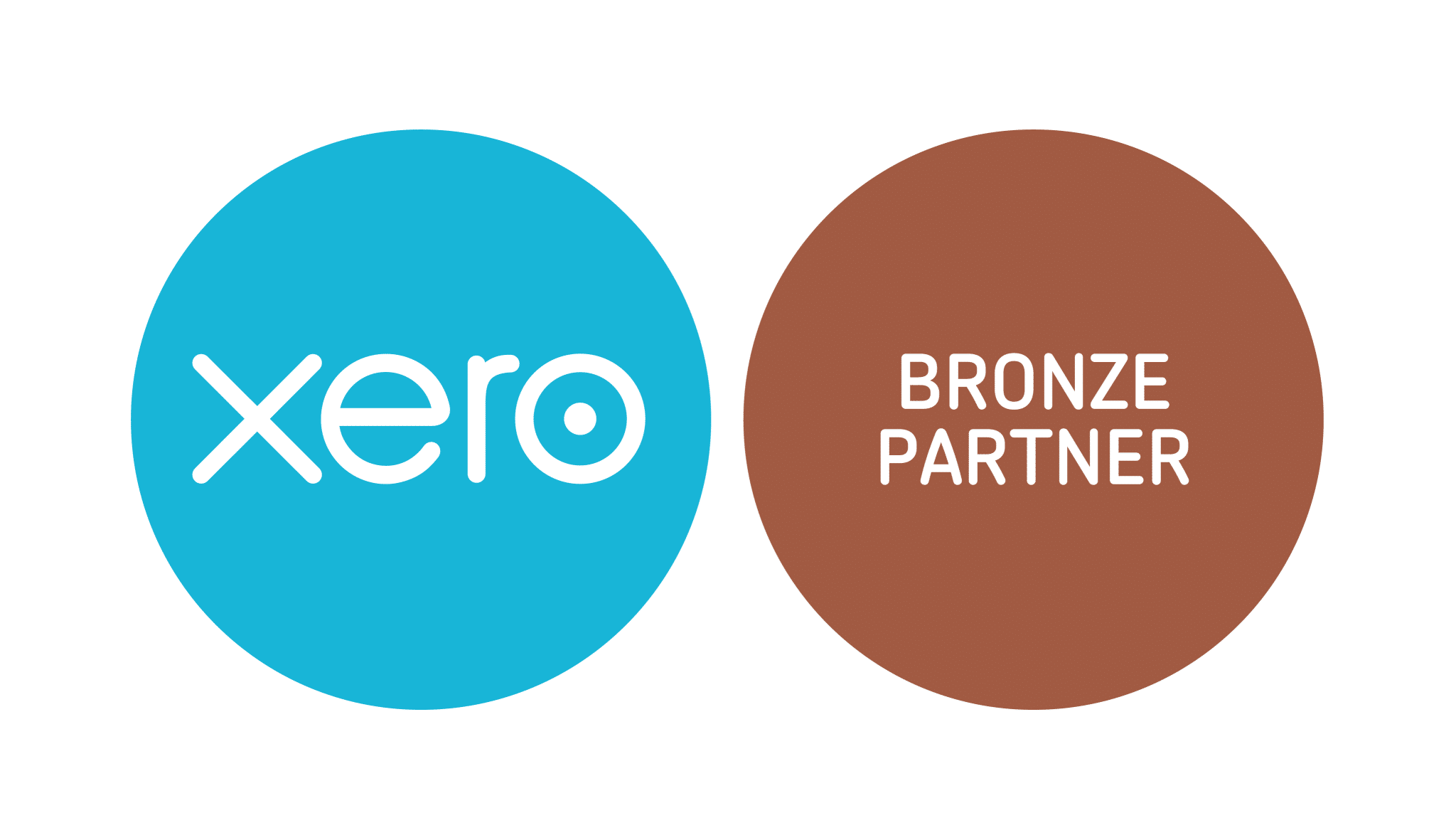‘Off-Payroll Working’ (IR35) Rule Changes from April 2021
IR35 regulations have been in place for a long time and these regulations were intended to discourage individuals from setting themselves up as a self-employed ‘business’ (‘off-payroll working’) when in fact their work circumstances were more like those of an employee. Both the individual and the organisation that they provide services to benefit from paying lower taxes by operating as a business rather than an employee.
The regulations didn’t really succeed in detering and identifying those who should have been employed versus operating as a limited company, mainly because it can be very difficult to distinguish between genuine self-employment and employment roles, particularly for contractors who regularly move from role to role and are engaged to work on specific projects. Up until April 2021 the onus had been on the individual to determine whether they were ‘inside’ IR35, i.e., a deemed employee, or whether they fell outside of the regulations and could therefore pay taxes as if they were self-employed.
As of 6 April 2021 the onus for this determination transferred to the hirer, i.e., the companies engaging these individuals. As a result, many larger companies have taken a conservative stance on this and now refuse to pay individuals into a limited company or a ‘personal service company’ (PSC), instead engaging them on a PAYE basis only, either directly or via an umbrella company or agency. Note that small companies that meet two of the following three criteria are exempt from this change in regulations: (a) annual turnover of more than £10.2 million (b) a balance sheet total of £5.1 million or more and (c) more than 50 employees.
If you are affected by these rules, it is the end hirer or organisation you are providing services to that is responsible for determining your employment status from 6 April 2021. They must provide you with a ‘Status Determination Statement’ (SDS) to outline the determination they have made about your employment status and the reasons behind that determination. It would also be a good idea for contractors to use HMRC’s ‘Check Employment Status Tool‘ (CEST) which will help with the determination, though we have found that in many cases the tool isn’t able to reach a determination. HMRC also have a useful factsheet with further guidance and links for contractors.





